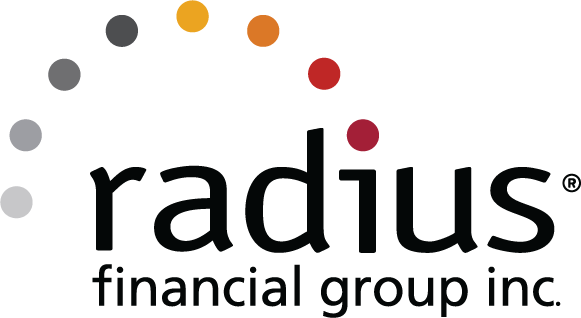By now, you’re aware of the passive income, equity, tax deductions, and many other benefits that come with investing in property.
Much like purchasing a home, purchasing an investment property requires the borrower to meet several financial factors. In addition to a strong credit and loan-value ratio, a lender uses a debt-to-income (DTI) ratio to decide whether to provide an investment property loan.
In this article, we will take a closer look at DTI ratios and additional factors to consider as you prepare for an investment property mortgage loan:
What Is a Debt-to-Income Ratio?
A DTI ratio compares how much debt you owe each month to your gross monthly income. Lenders use a DTI ratio to determine the borrower’s level of risk if they were to take on additional debt.
A high DTI ratio might signal to the lender that the borrower won’t be able to:
- Pay the mortgage.
- Have enough cash flow to pay the costs of operating an investment property.
Let’s further define a few aspects of a DTI ratio:
What accounts for monthly debt?
When it comes to property investment, debt payments are generally divided into two categories:
- Front-end debt, which are payments related to housing expenses.
- Back-end debt, or payments applied to other debt.
As someone interested in investment property, your front-end debt payments would include:
- Primary residence mortgage payments, including principal and interest debts, taxes, homeowner association fees, and insurance. If you rent your primary residence, this includes your monthly rental payment.
- Mortgage payments, taxes, homeowner association fees, and insurance for secondary residences or other properties you may own.
- Investment property mortgage payments, including principal and interest debt.
- Property taxes for the investment property.
- Homeowners insurance.
- Mortgage insurance for the investment property (generally only applicable under certain conditions of the mortgage if the loan to value is greater than 80%).
- Homeowner association dues for the investment property. This is dependent on an individual’s situation and not universal. (i.e., if you purchase a condo or a home located in a planned unit development).
Back-end debt payments can encompass several different debts but most commonly include:
- Credit cards
- Personal loans
- Auto loans
- Student loans
- Mortgage payments and housing expenses (including the proposed mortgage payment and housing expense for the property you are purchasing)
What accounts for gross monthly income?
Simply put, your gross monthly income is everything you earn in a month before taxes or deductions. For most people, this will include income from their primary occupation. However, it can also include social security, disability, child support, alimony, or rental income from an existing property.
You might be wondering: Can the expected rental income from an investment property count as income? The answer depends on different factors.
Although this is ultimately determined by the lender you choose to work with, the answer is typically dependent on whether the property has been used as a rental:
- If the property has a history of being rented, a lender may apply 75 percent of the existing lease agreement as rental income to a borrower’s total gross monthly income.
- If the property does not have a history of being rented, or if the property is to be delivered vacant, the lender will use the fair market rent amount stated on the appraisal of the property at 75 percent as gross monthly income.
Most times, you also need to show that you have a current housing payment and a history of property management. This can include owning an investment property or having a previous job as a plumber, landscaper, or realtor.
Debt-to-Income Ratio for an Investment Property
A DTI ratio provides insight into a borrower’s ability to repay a mortgage loan, so the lower the DTI ratio, the less risk they are to a lender. Although most lenders prefer a DTI ratio under 43 percent, it can also depend on the type of loan.
Conventional loans are the most common type of loan used for an investment property. Although the loan generally allows a 45 percent DTI maximum, that ratio could be as high as 50 percent with a strong credit score or large asset reserve.
In general, the factors that contribute to receiving a loan for an investment property are much more strict, because they are inherently riskier. An investment property is sometimes rented to tenants, which means there’s the possibility of not finding a tenant or the tenant defaulting on rent.
To ensure you’re a well-qualified borrower, treat the following factors with the same attention as you do your DTI ratio:
- Down payment: An investment property tends to require between 20-25 percent down. Interest rates tend to be between 1-2 percent higher than primary home mortgages, and a larger down payment could help lower your interest rate.
- Credit score: Like any other mortgage, the better the credit score, the more likely a lender will trust you will be a safe borrower. With an investment mortgage, aim for a credit score above 680. (Use these tips to increase your score.)
Reserves: Your reserves are your savings after the home purchase. They are almost always required on investment properties and should be 6-12 months of the total housing payments.
Explore Your Options with radius
We hope you now have a more clear understanding of debt-to-income ratios for investment properties. As you likely know, there are many financial factors to consider in preparation for this purchase.
At radius, we’re here to match you with a mortgage that meets your needs at a competitive rate. We would be happy to answer your questions, look at your current financial portfolio, and help you take the next step toward meeting your investment property goals. Contact one of our Loan Officers today!


